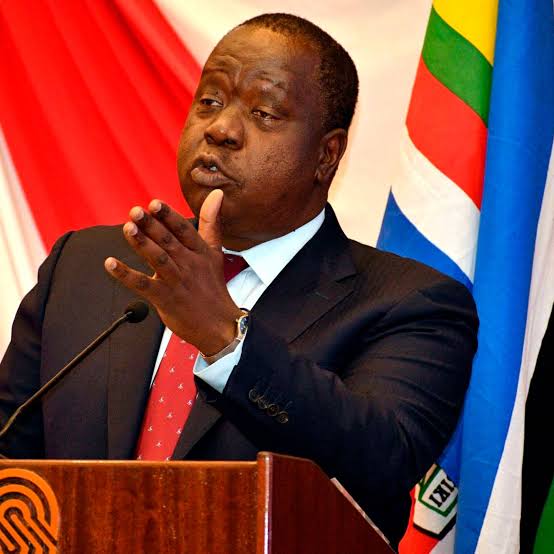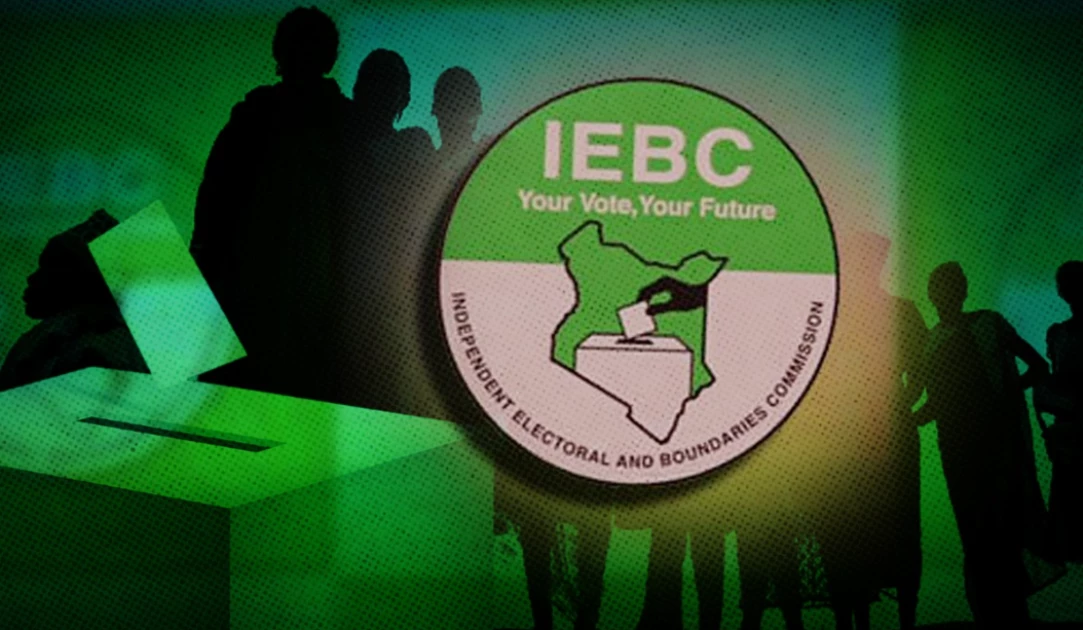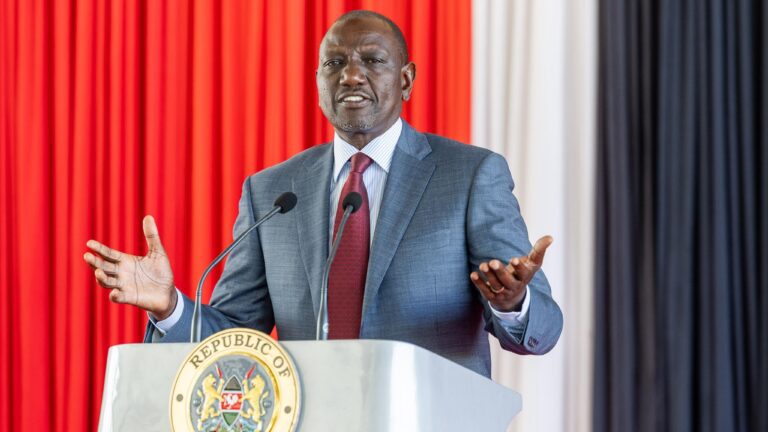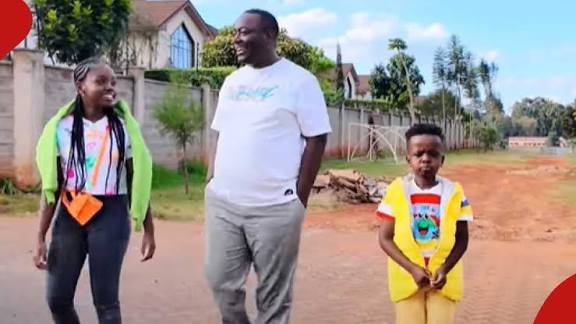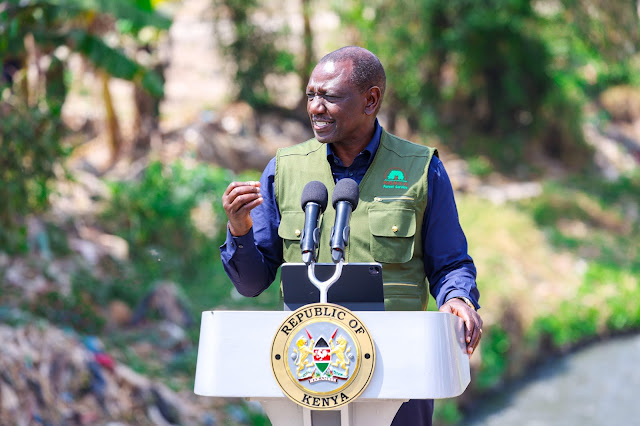
President William Ruto faced heckling from the crowd on Friday, September 13, 2024. This occurred during the launch of the Nairobi River Regeneration Project in Korogocho.
Ruto is known for his efforts to create job opportunities for the youth. He had promised to hire 20,000 youths for the cleanup project. This aligns with the Kenya Kwanza manifesto’s goals. He initiated the affordable housing project to engage young people in construction.
Despite this, his promise at the River Regeneration Project launch was met with dissatisfaction. He started the affordable housing project to engage young people in construction. But his promise at the River Regeneration Project launch was met with dissatisfaction.

President Ruto has been actively seeking opportunities to reduce unemployment in Kenya, both domestically and internationally.
His aim is to increase national revenue by exporting Kenyan labor and establishing networks abroad. During the launch event in Korogocho, Nairobi, he proposed employing 20,000 youths for the cleanup project.
Nonetheless, the response from the crowd was negative. Many expressed frustration, citing a lack of smartphones to apply, making the president’s speech inaudible amidst the outcry.
The crowd’s rejection of the job offer highlights the challenges faced by the youth in accessing employment opportunities. This is despite the government’s efforts. President Ruto’s vision to engage the youth in projects like the River Regeneration Project faces obstacles.
These obstacles are due to practical issues like the application process. The incident underscores the disconnect between promises made by leaders and the realities faced by the people. This reflects a broader issue of youth unemployment and access to opportunities in Kenya.
The incident at the River Regeneration Project launch is a reminder. It highlights the pressing need to tackle youth unemployment effectively in Kenya.
President Ruto’s meeting with the dissatisfied crowd underscores the importance of aligning promises with practical solutions.
These solutions should consider the challenges faced by the youth. Moving ahead, there is a call for more inclusive and accessible approaches to job creation initiatives. These initiatives aim to bridge the gap between government objectives and the needs of the people, particularly the youth.




